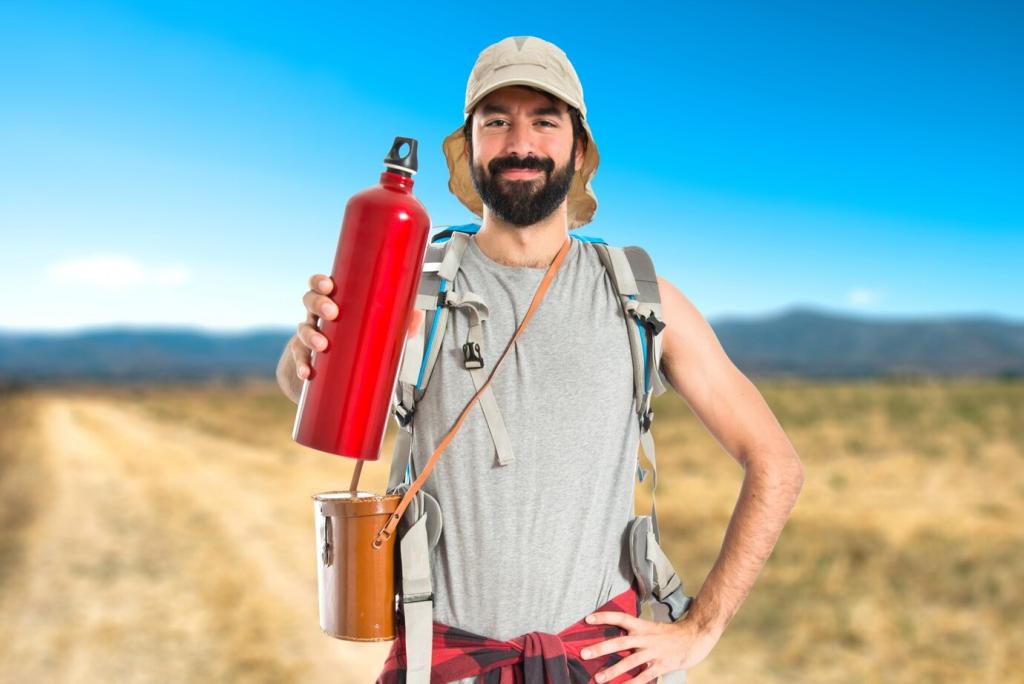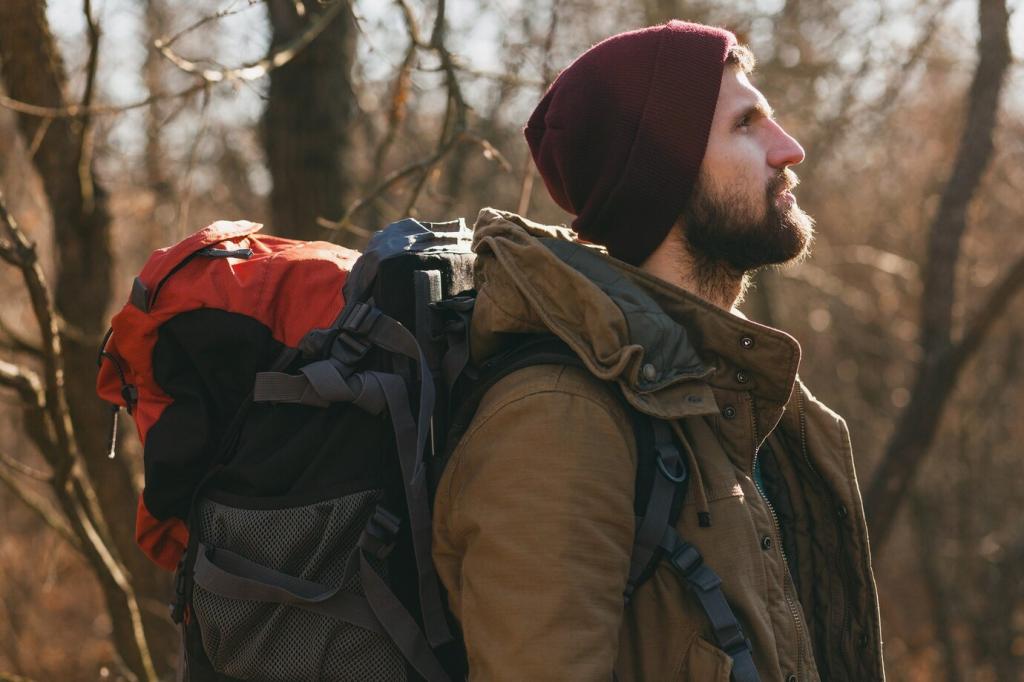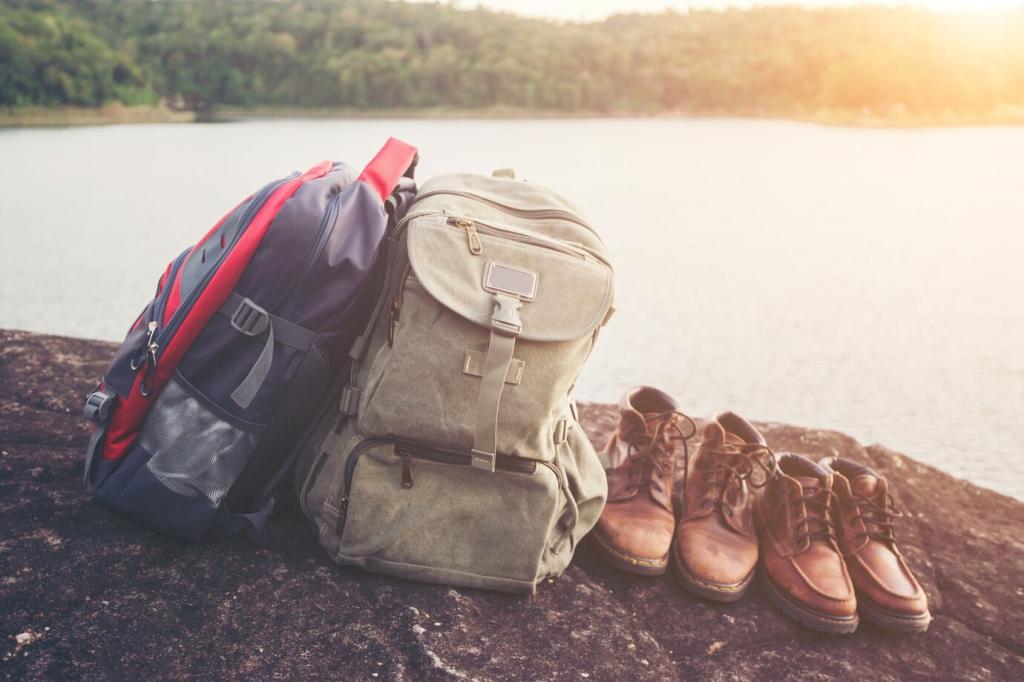Navigation and Visibility When Days Grow Short
Carry a paper topo in a waterproof sleeve and a real compass, then practice triangulation. When my phone died in a cold snap, a trusty Silva and trail knowledge saved precious daylight.
Navigation and Visibility When Days Grow Short
Download offline maps, disable background data, and keep the phone warm in an inner pocket. A small power bank prevents a dead screen from turning a golden-hour descent into guesswork.





